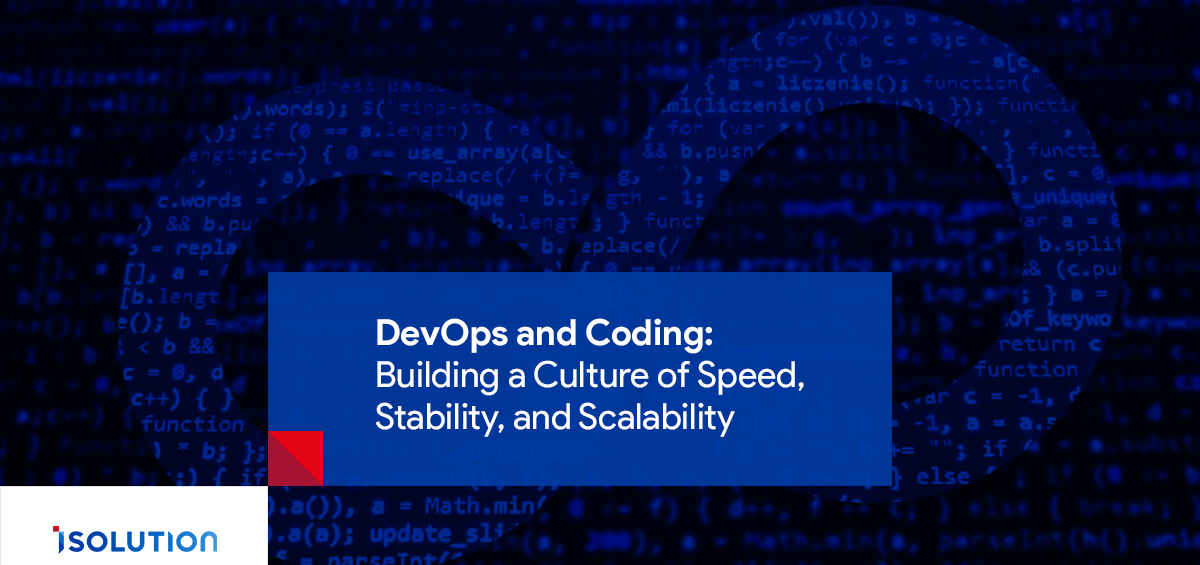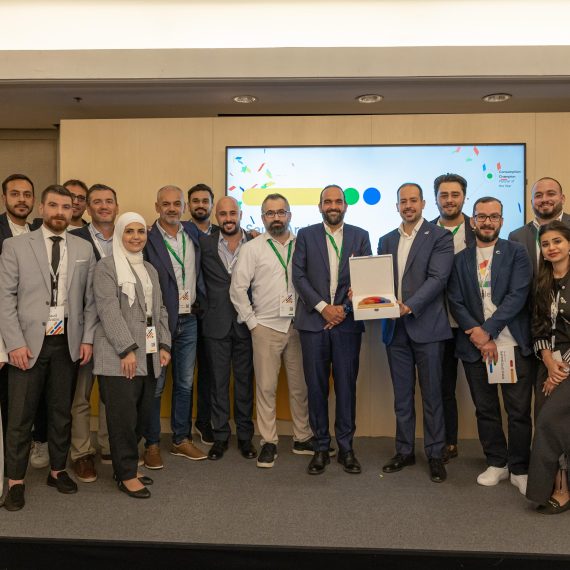DevOps and Coding: Building a Culture of Speed, Stability, and Scalability
In today’s digital-first world, businesses are under constant pressure to innovate faster, deliver seamless user experiences, and ensure system stability, all while managing complex infrastructure and codebases. Enter DevOps, the modern approach that bridges the gap between development and operations to foster speed, collaboration, and continuous improvement.
But DevOps is more than a set of tools or a deployment pipeline. At its core, DevOps is a cultural shift, one that fundamentally changes how teams write, ship, and maintain code. It encourages developers to think beyond the application layer and empowers operations teams to embed automation and agility into their workflows.
The Symbiotic Relationship Between DevOps and Coding
Code is the backbone of any application, but how it’s written, tested, integrated, and deployed determines the user experience. DevOps integrates tightly with the software development lifecycle, promoting practices like:
- Version control with Git
- Automated testing and CI/CD pipelines
- Infrastructure as Code (IaC)
- Monitoring and incident response
By embedding these elements into the development workflow, DevOps enables teams to push code faster, safer, and with fewer regressions. Teams that embrace DevOps not only ship features more quickly but also reduce downtime and increase customer satisfaction.
Coding for Continuous Delivery
One of the core benefits of DevOps is continuous delivery—the ability to deploy new code to production frequently and reliably. But this doesn’t happen by accident. It starts with writing code that is:
- Modular: Small, independent services are easier to test and deploy.
- Testable: Unit, integration, and end-to-end tests ensure quality and confidence.
- Secure: Security must be embedded from day one (“Shift Left” approach).
- Well-documented: Automation relies on predictability; clear code and commit messages are essential.
Modern languages and frameworks (e.g., Python, Go, JavaScript, and Node.js) now offer native support or integrations for DevOps-friendly practices such as containerization (Docker), orchestration (Kubernetes), and CI/CD tools (GitHub Actions, GitLab CI, Jenkins).
Automation: The Developer’s Best Friend
In a DevOps culture, automation is king. From infrastructure provisioning with Terraform to test automation and monitoring alerts, every repetitive task should be automated. This not only saves time but also eliminates human error.
For developers, this means:
- Fewer manual steps before code hits production
- Confidence that each commit goes through a rigorous quality gate
- Instant feedback from integrated monitoring and logs
Automation allows teams to focus more on solving business problems and less on fighting fires or dealing with misconfigured environments.
DevOps Drives Innovation
Companies that adopt DevOps report up to 46x more frequent code deployments, 440x faster lead time from commit to deploy, and 96x faster mean time to recovery (according to the DORA State of DevOps Report).
This agility unlocks innovation. When developers can experiment without fear, thanks to rollback capabilities, staging environments, and automated tests,creativity thrives. Instead of waiting weeks for a release cycle, teams can iterate daily and respond to user feedback in real time.
Final Thoughts: Code Smarter, Deliver Faster
DevOps is not a one-size-fits-all solution, but it is a mindset shift that modern teams can’t afford to ignore. When coding practices align with DevOps principles, the result is software that’s more reliable, scalable, and user-centric.







Leave a Comment